
If you are asking yourself – what is Sensory Processing Disorder? (SPD), you are not alone. During your teacher training, you will have learned about many special needs, but it’s likely that SPD was not discussed.
Research has shown that 1 in 20 children are affected by Sensory Processing Disorder (SPD). So that means that there are students with SPD in every classroom. Some of these students have been identified and receive support, others many have not.
Read on to find out what SPD is, how to identify it and how you can make a huge, life-changing difference to those students affected by it.
What is Sensory Processing Disorder?
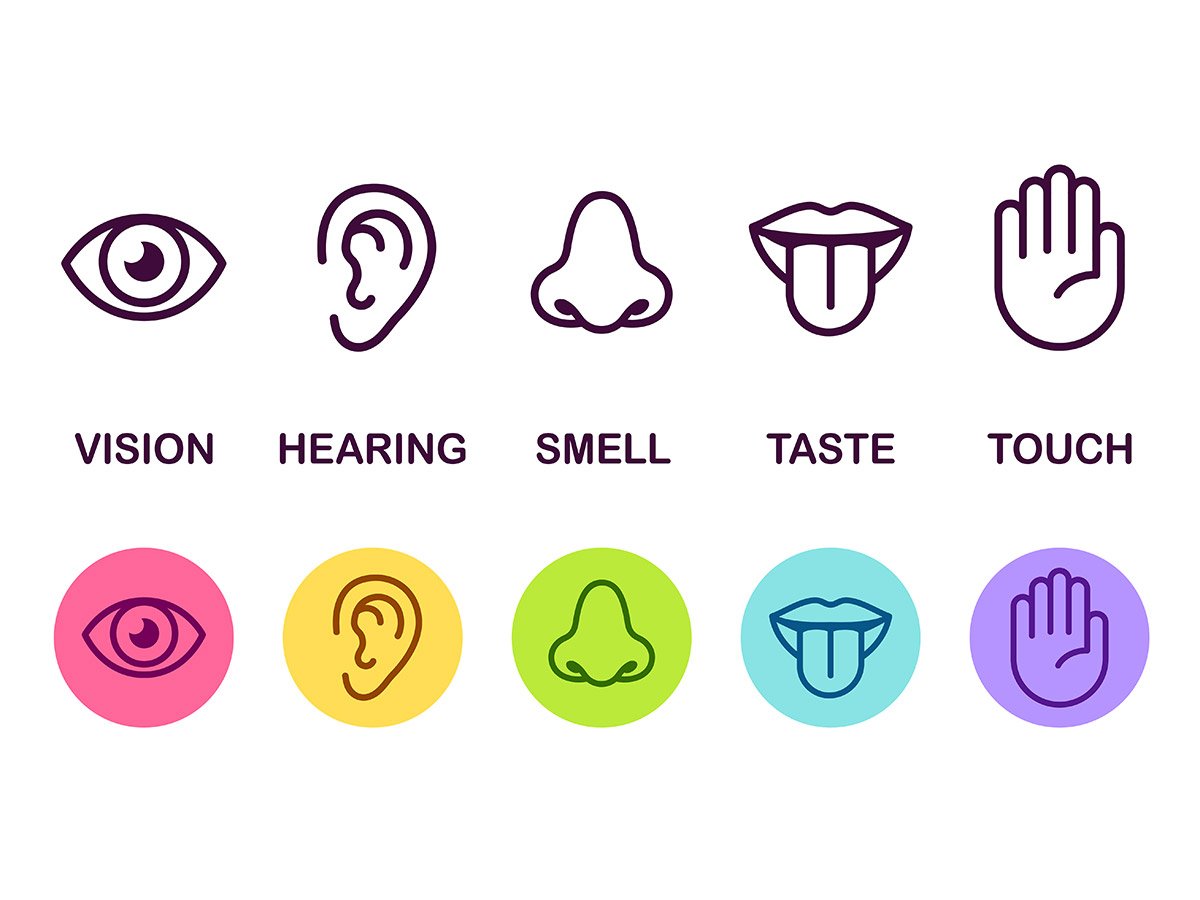
In simple terms, SPD is a neurological condition where children (and adults) have trouble receiving and responding to information that comes in through the senses. Children with Sensory Processing Disorder misinterpret everyday sensory information such as sight, touch, sound, smell and taste.
To make things more complicated, a student with SPD may be over-reactive or under-reactive to sensory information. So, because SPD manifests in different ways, students may either seek out sensory experiences or avoid sensory experiences.
What to Look Out for…
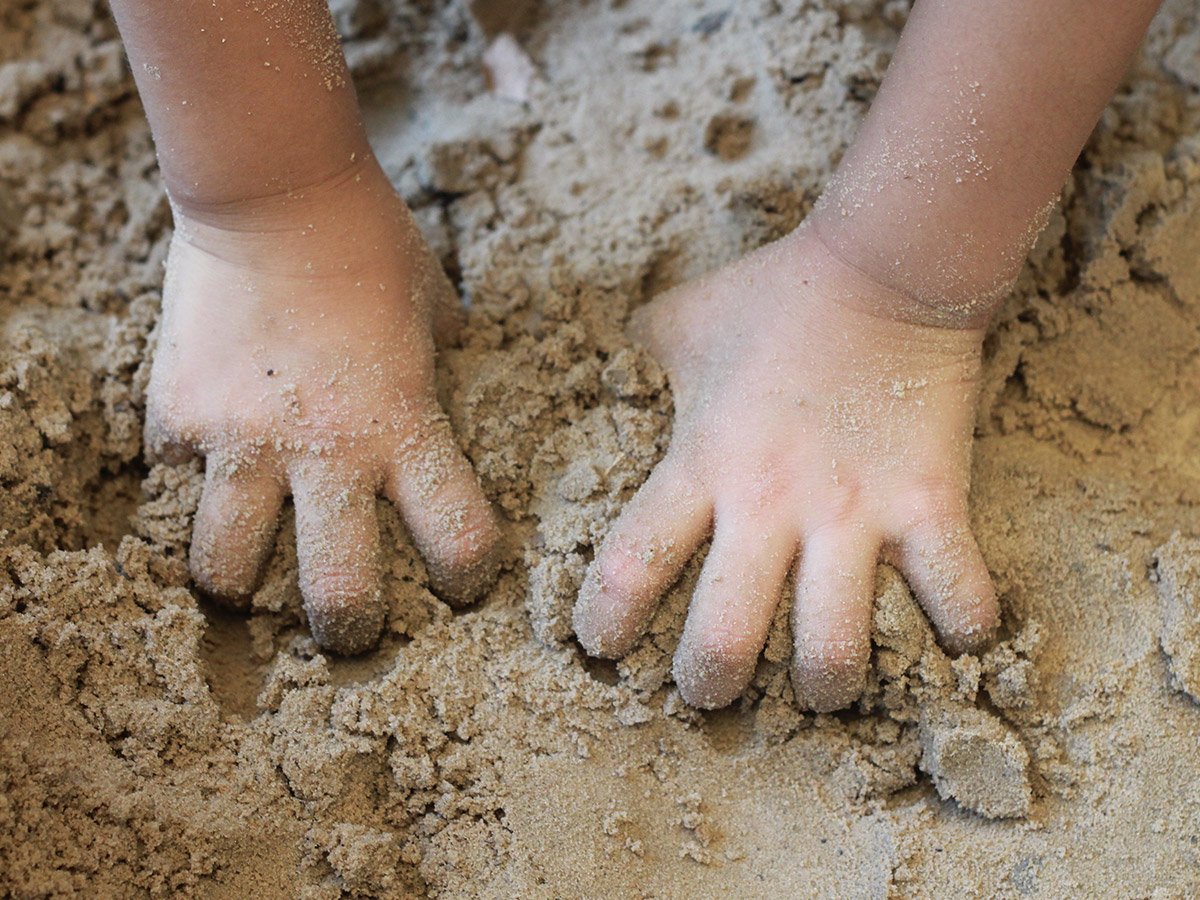
A student with SPD may often:
- avoid sensory experiences such as using messy activities, painting, playing in the sandpit
- seek out sensory experiences such as messy play, fiddling, scratching, rough play
- show heightened sensitivity to sound, touch or movement
- appear to be in their ‘own world’ (distracted and lethargic)
- be very impulsive, easily frustrated or on the flip side overly compliant
- be easily distracted by the things going on around them
- love movement (constant spinning, running, jumping, crashing in objects/people)
- write with too light or too hard a pressure
- have low muscle tone (slouch on chairs or on carpet)
- prefer to play on their own
- have difficulty coping with changes in routine or transitioning between task
- be a fussy eater.
There are many signs and symptoms of Sensory Processing Disorder. I have selected the ones that you are likely to see in the classroom/playground setting. For more information on common features of Sensory Processing Disorder, visit the SPD Australia website.
Difficulties in the Classroom

When you get a spare minute (and you are alone in your classroom), just stand in the classroom with the door closed and listen. What do you hear and see? What catches your eyes? A buzzing computer, a dripping tap, a flickering light, building works outside of the classroom? For children with SPD, these small but annoying sounds are likely to be all that they can hear.
A student with Sensor Processing Disorder may experience difficulties in some or all of the following areas:
- focus and concentration
- following instructions
- sitting on a chair or on the carpet
- regulating their emotions
- expressing ideas, thoughts and feelings using language
- interacting and playing with classmates
- planning and sequencing ideas
- remembering information or memorising facts
- organising personal belongings and school work
- gross and fine motor skills.
If you do suspect that a student in your class has Sensory Processing Disorder, it’s a very good idea to keep a note of students observations. In your notes, include as much information that you can regarding the behaviours you have observes, when, where and what triggered them. Your input can really help pinpoint the context of these behaviours to other professionals.
Seek Guidance and Support

If you suspect that a student in your class has Sensory Processing Disorder, seek help and advice from your learning support team and Principal.
When you have the information and support that you need, request a meeting with the students’ parents. In this meeting, it’s a good idea to have a representative of the learning support team present. A good place to start in this meeting is to ask the parents whether they have made any similar observations at home. You’ll often find that parents are experiencing similar challenges are home and welcome your support. If everything is aligned and the students’ parents agree, suggest a referral to an occupational therapist.
Ways to Support SPD Students in the Classroom
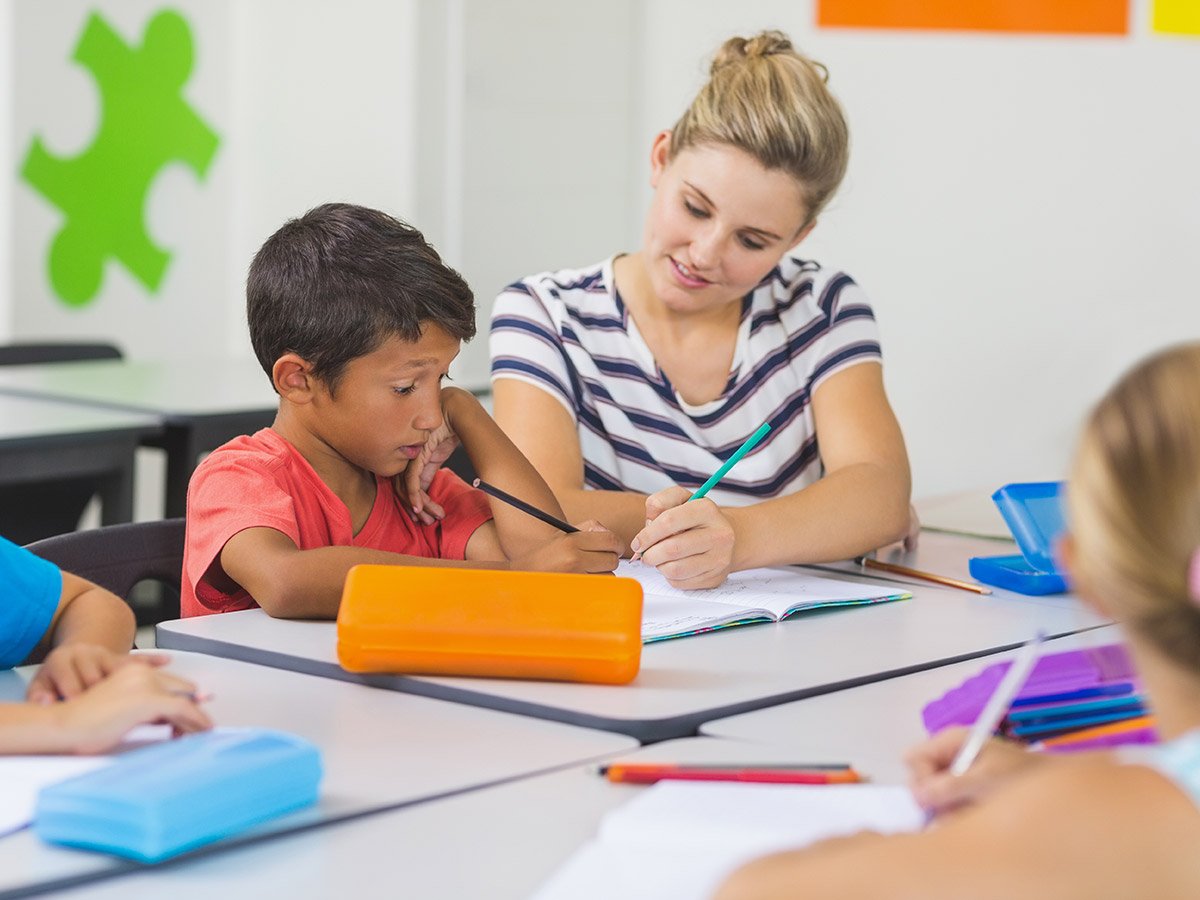
As teachers, you’ll often be the best part of the day for a student with Sensory Processing Disorder.
Believe me, he or she is doing everything in their incredible being and using every coping strategy to stay in control in your classroom… but there will be times when it’s all too much. There are lots of ways that you can support and help a student with SPD to thrive in your classroom.
When you are thinking of ways to support an SPD student in your classroom, it is important to remember that each case of SPD is different and unique. In order to help SPD students, you first need to identify how SPD manifests for them and particular activities that trigger SPD associated behaviours.
Read on for ways that you can make a huge difference for students with Sensory Processing Disorder…
Flexible Work Areas

Sitting on a chair at a desk can be very challenging for students with Sensory Processing Disorder. So, they find comfort and relief from opportunities to stand, lie or sit on the floor. Try to have work station choices to fit the needs of the students in your class. Clipboards are a brilliant learning tool for all students and students with SPD will particularly benefit from the opportunity to move around while working.
Flexible Seating Options
Flexible seating is nothing new and has proved to be hugely popular with many students. Many students with SPD love to lie on their stomach on the floor, sit on a medicine ball or a bean bag.
Students who have Sensory Processing Disorder may also benefit from sitting on a wiggle cushion. Wiggle cushions are great for curbing the wiggles and encouraging active learning. They provide an outlet for movement during circle time, desk work or while eating. They have a smooth surface on one side and raised bumps on the other for extra tactile support.
Movement Breaks

You may be familiar with the well-known trick of sending a restless student on a purpose-built errand while carrying a heavy bag or book. Well, this is perfect for SPD students who seek out sensory experiences. The simple task of walking to another classroom to deliver a heavy folder can work wonders to regulate their behaviour.
Sensory Toys
Fidget toys are often used to provide sensory input in a less distracting way. Where students are seeking things to touch and feel they can provide just the right amount of sensory input to calm their nervous system. They can also help improve concentration and attention by allowing the brain to filter out the extra-sensory information.
Check out the huge range of fidget toys from The Therapy Store!
Why not create an SPD comfort bag? A comfort bag encourages students to identify their own needs and to manage their own SPD associated behaviours. So what do you put in an SPD comfort bag? The bag may contain OT approved fidget tools, chewing tools. stress balls, soft fabrics, velcro strips, calming scents or anything that helps the student regulate.
Create a Chill Out Zone
Students with SPD need a quiet place to breathe and to feel like you really care about them as a person.
Every classroom needs a chill out zone. All the students in your classroom will benefit and enjoy the opportunity to reset. In my experience, students with SPD love to retreat to a chill out zone when things are feeling tough.
Set up a table and a few bean bags with some mindful colouring and you will make your SPD’s day! Download our Chill Out Blue – Letters and Numbers Bunting now to remind yourself you make chilling out a priority.
For more information and ideas on how to create a chill out zone in the classroom read our blog 8 Ways to Create Positive Classroom Vibes.
5 Minutes of Mindfulness

You can make a huge and positive impact to the lives of all of your students by building 5 minutes of mindfulness into your day. Check out these FREE Mindfulness Activity Task Cards.
This set of 17 task cards contains the instructions you need to run simple and effective mindfulness activities. Beautifully illustrated by one of our designers, these Mindfulness Activity Task Cards can be printed onto lightweight card or laminated for use again and again.
For my ideas on how to incorporate mindfulness into your school day take a look at our collection of Mindfulness teaching resources and read our blog 18 Amazing Mindfulness Activities for the Classroom.
Velcro Strips
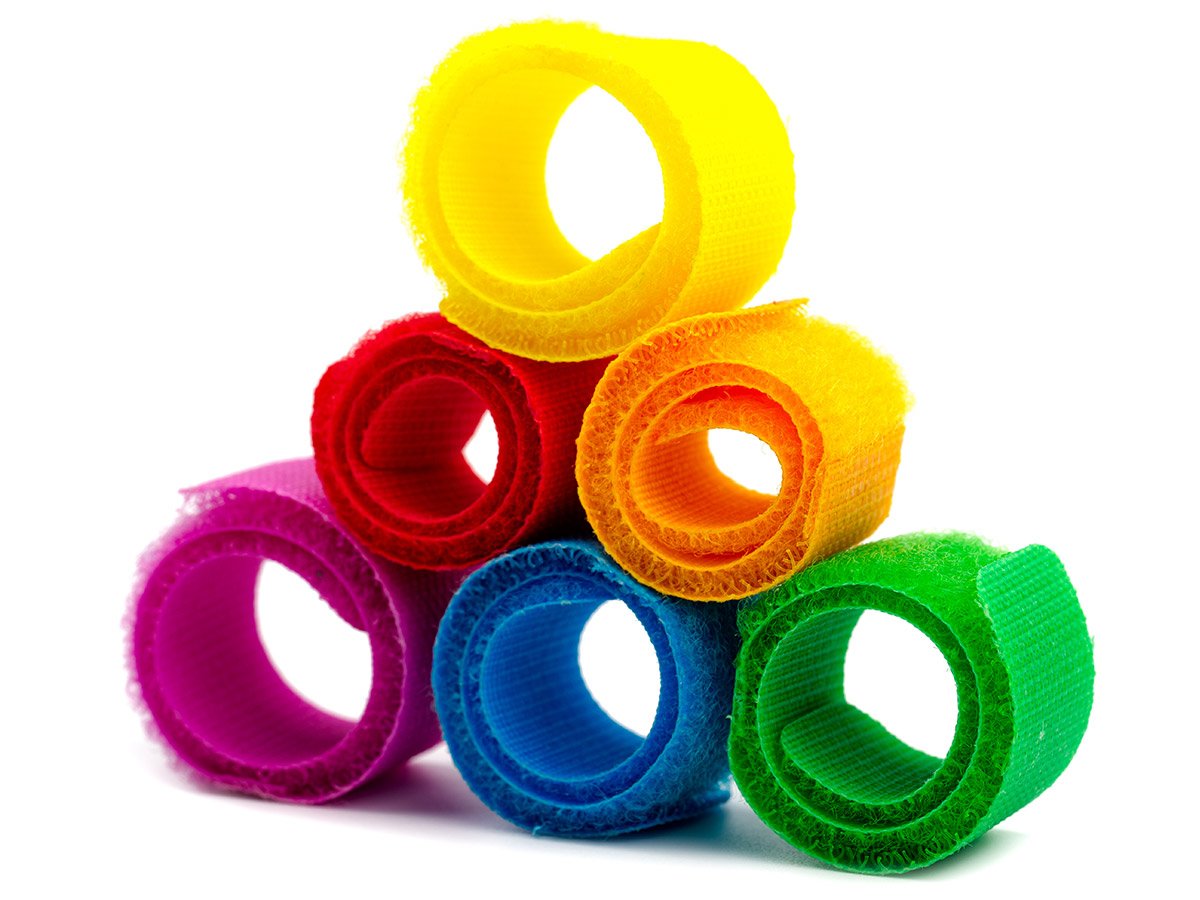
Who would have thought that our useful friends, velcro strips could help students with Sensory Processing Disorder? Well, it’s true. Simply attach a velcro strip to the underneath of desk for a cheap and cheerful sensory fidget. For those students who are seeking out sensory input, this can be a great tool to maintain concentration and focus while working at a desk.
Making a Difference to Young Lives
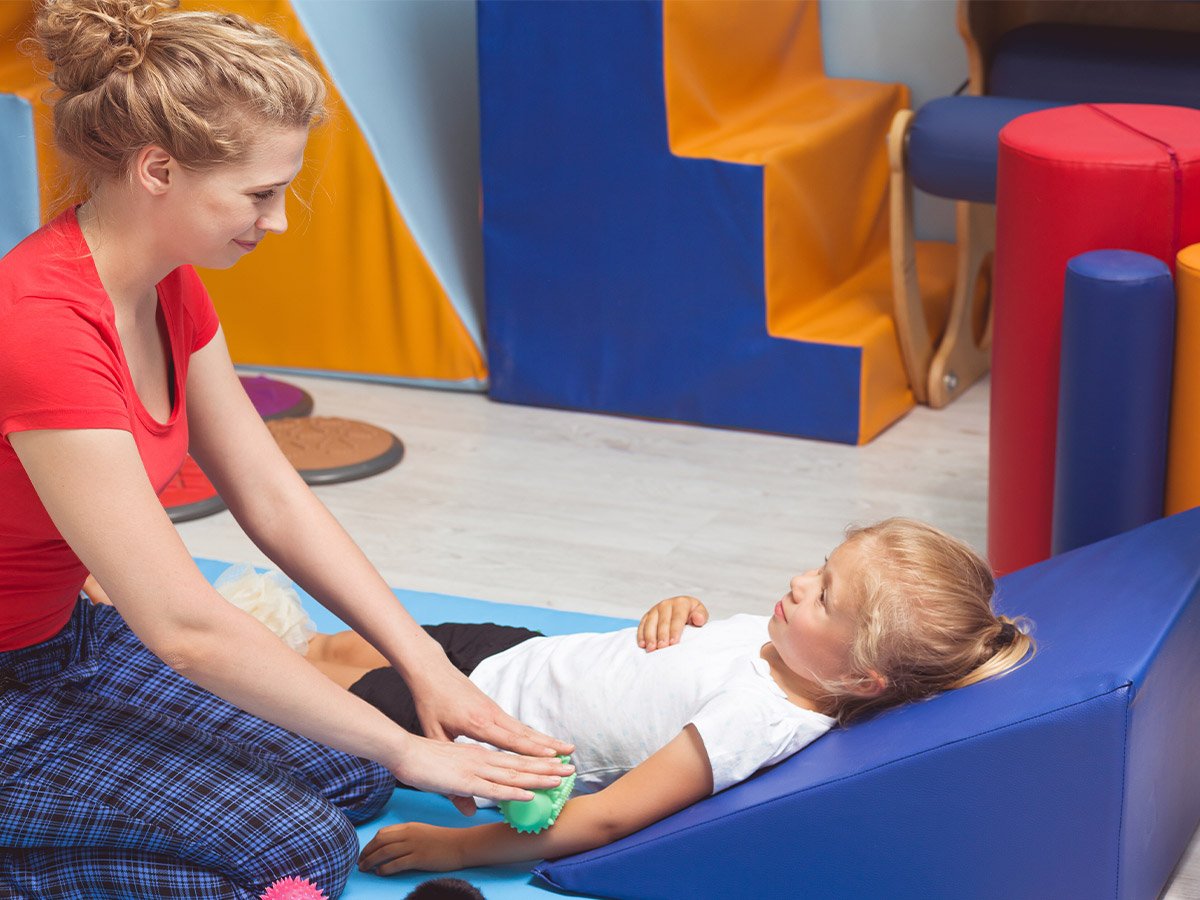
As teachers, we care deeply for our students. So tomorrow, have a look around at the students in your classroom and take the time to wonder…
…is there more to the challenging and disruptive behaviors you are seeing than meet the eye?
Look out for the student who finds it hard to listen, sit still and focus. Look out for the student who is constantly fiddling, or finding small shiny bits on the carpet. Perhaps there’s a student who is particularly impulsive or that finds it hard to regulate their emotions? Perhaps you have a student who tends to retreat and avoid noisy games?
You can make a real difference by simply raising awareness.

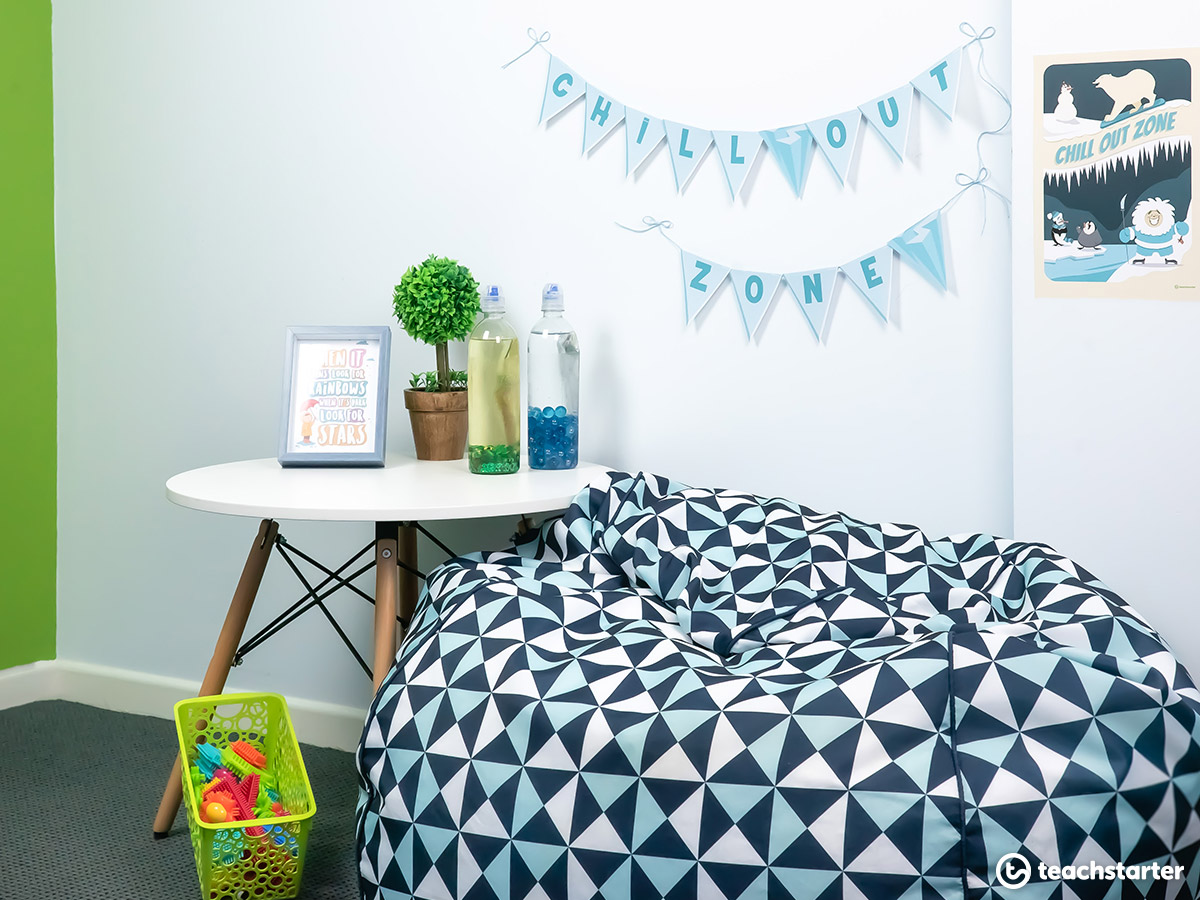






Comments